If your day-to-day routine is filled to the brim with school drop-offs, 9-to-5 work obligations, trips to the grocery store, after-school tutoring sessions, soccer games, piano practices, and school play rehearsals, balancing the responsibilities of puppy ownership may border the impossible. For those working professionals who have recently welcomed a furry friend into their family unit, puppy separation anxiety may be a notable concern.
How to Cure Puppy Separation Anxiety
When you leave your puppy at home, you’ll probably notice that you miss your bright-eyed furry friend throughout your workday. Rest assured that your pup misses you too. However, if your puppy seems utterly distressed when left alone, he or she may be experiencing separation anxiety (SA).
Odd behaviors like non stop barking, excessive drooling and panting, desperate attempts to escape confinements, urinating in the house, and the presence of anxiety behaviors like whining, pacing, and trembling are tell-it-all symptoms of SA.
What causes puppy separation anxiety? It’s still unclear why some puppies are prone to SA. However, common causes of SA include traumatic separation, limited exposure to long periods alone, a sudden change in the puppy’s environment, the addition of a new member to your home, and an abrupt routine shift.
Often, it’s difficult for the inexperienced dog owner to differentiate separation anxiety from normal canine behavior. And sadly, some of the above symptoms of SA are the most common reasons why owners rehome their furry friends.
How to deal with puppy separation anxiety
Puppy separation anxiety is equivalent to a panic attack in a human. It goes beyond the occasional mournful whimper, and it subjects your pup to extreme stress, which alters its quality of life. But here is some good news. The below strategies will help your dog cope with separation anxiety.
Play and interact with your dog when at home
Mentally stimulate your puppy with interactive games. For example, you can walk your puppy around the neighborhood or schedule nightly exercises like indoor play. Change things up from time to time to keep your canine companion on their toes. Daily activities keep your pup engaged, relax your dog, and reduce anxiety.
Crate train your puppy
When done correctly, crate training helps keep your dog calm, comfortable, and safe. Crate train your dog for shorter periods when you are at home. For instance, when watching a movie, you can place their kennel near the sofa. With time, increase the crating period, and calmly praise your dog for good behavior.
However, don’t use the crate as a punishment. Your dog will come to dread it and may make attempts to escape their kennel while you’re away. Additionally, don’t crate your dog for excessively long periods, as your dog needs exercise and human interaction to reduce anxiety.
Gradually introduce alone time to your puppy
If you notice that your dog is anxious when left alone, practice leaving your puppy alone for a short time. You could probably leave your pup and go to another room. With time, increase the time that the puppy spends alone, and they will eventually acclimate to these hours of silence sans physical affection.
Create a comfortable environment for your dog
If your puppy is comfortable with a crate, adequately crate-train him. Other puppies can enjoy reduced anxiety levels with open, puppy-proofed spaces at their disposal. Make the area conducive to relaxation by purchasing comfy bedding, installing ample lighting, and setting it to the appropriate temperature.
Consider leaving your puppy with interactive treat toys (like food puzzles and Kong dog toys) to help him pass the time and burn off some energy.
Consider dog walkers or doggy daycare
Like humans, dogs are social creatures. If it’s just you and your furry friend living under the same roof, take your puppy to doggy daycare to socialize with other dogs. You could also consider a dog walker to give your puppy a much-needed break and some exercise.
Wrap up
Remember, it’s not your dog’s fault that they are suffering from separation anxiety. These behaviors aren’t malicious, and they are probably coping mechanisms for your puppy when left alone. Punishment won’t end the separation anxiety woes. With gradual adjustments, your puppy will soon revert to a relaxed state.
Pro tip: If the above DIY tips fail or your dog exhibits severe anxiety symptoms, talk to your vet to help you manage the separation anxiety.

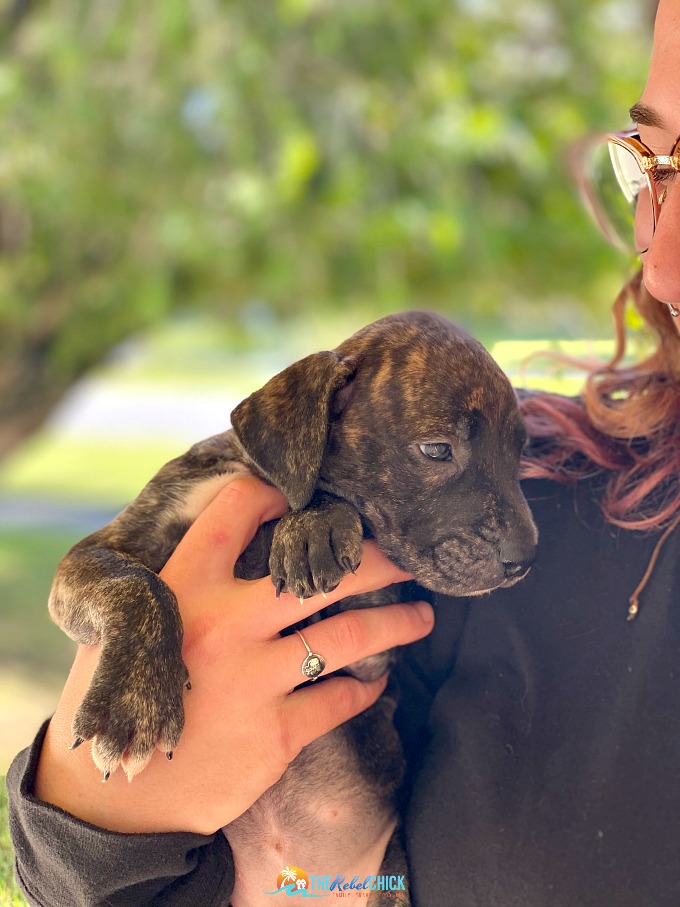
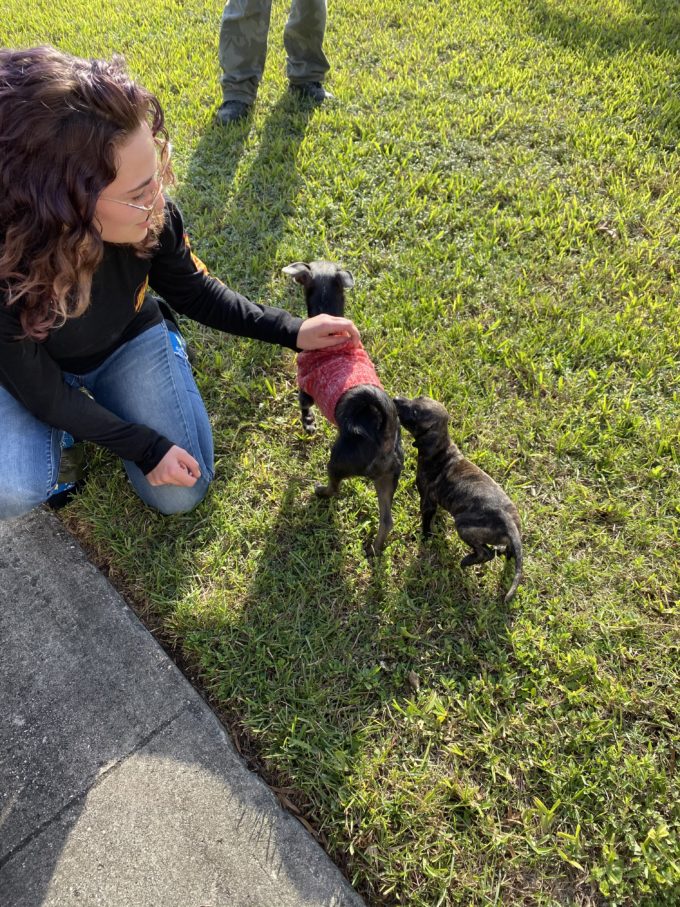
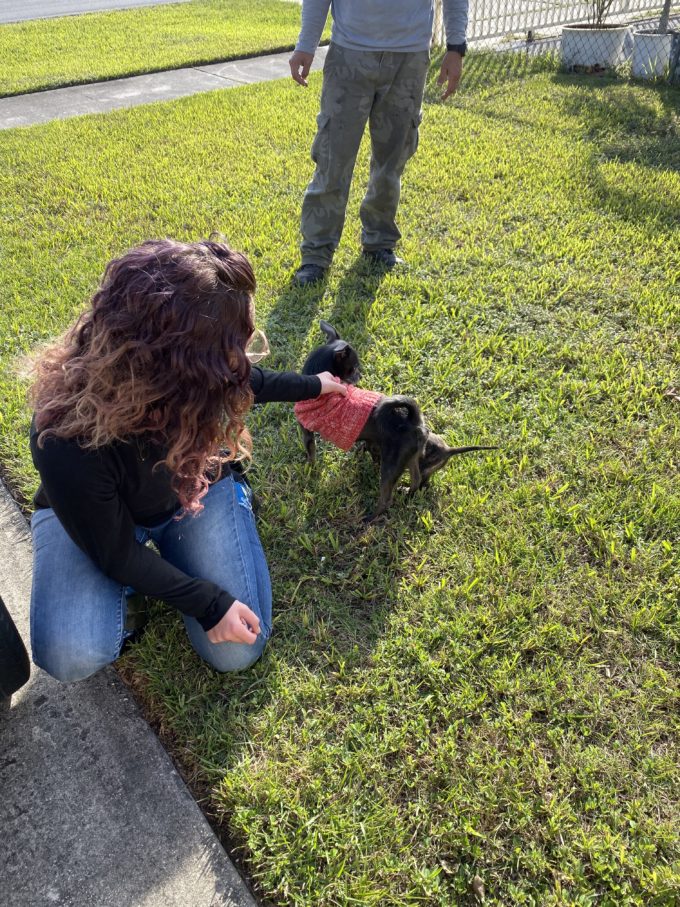
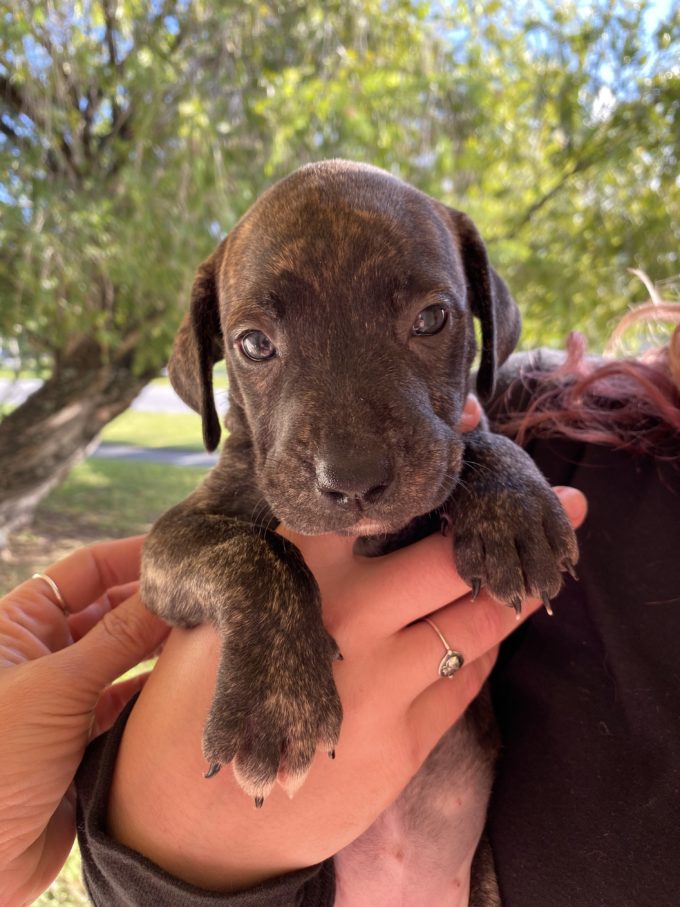
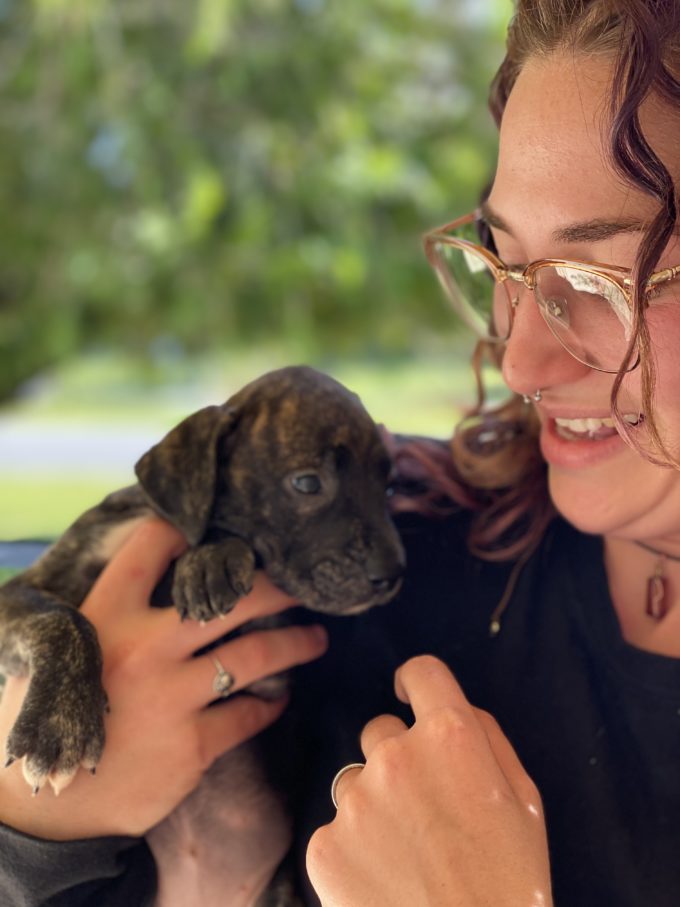
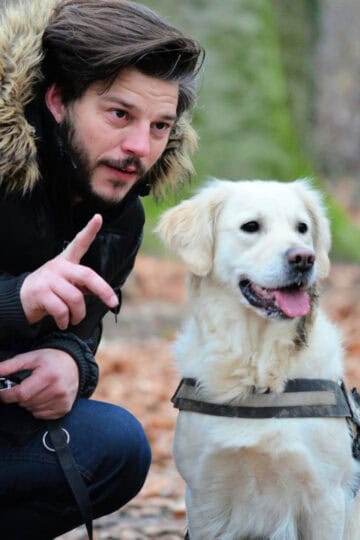
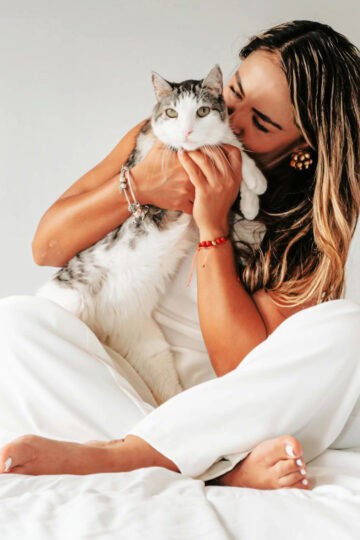
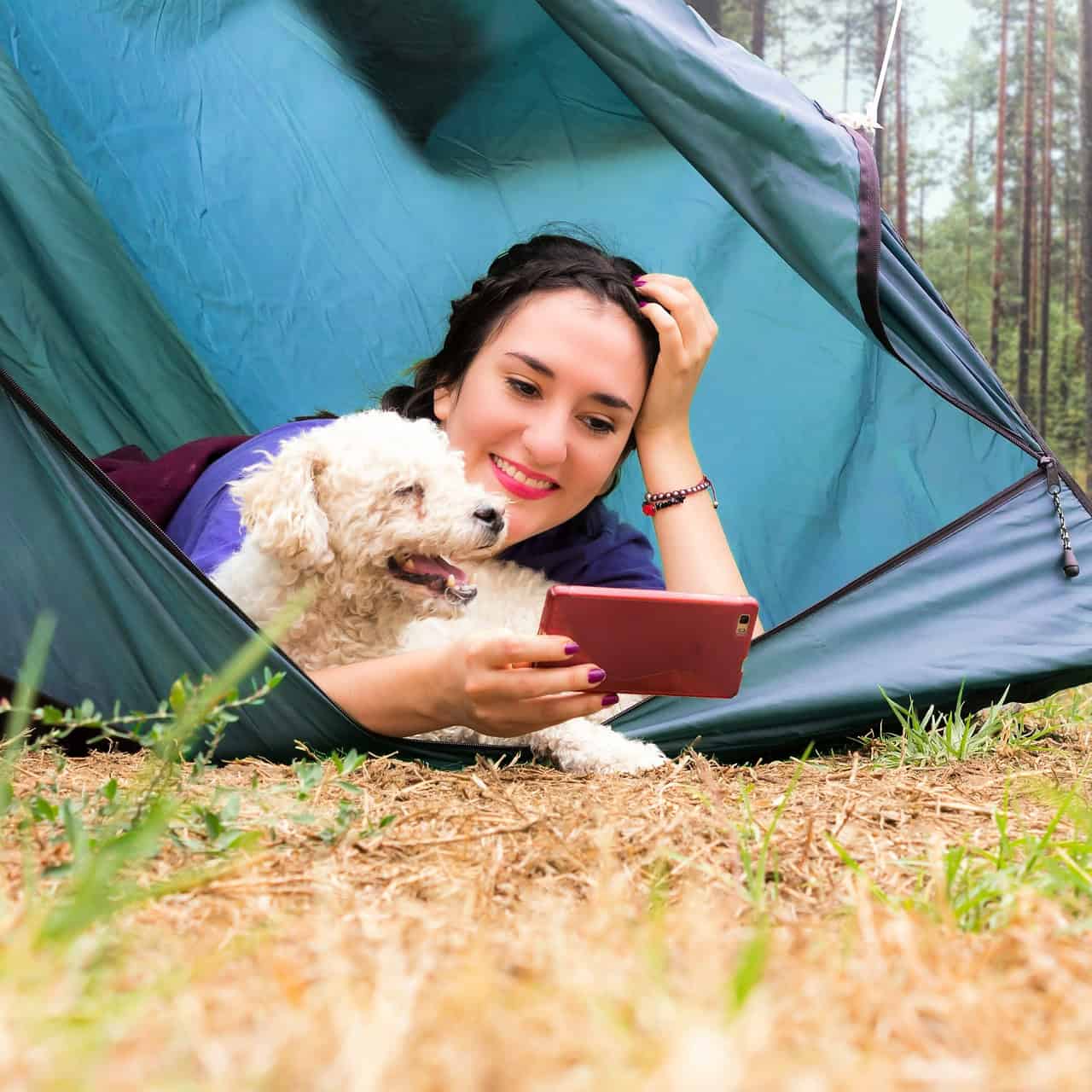
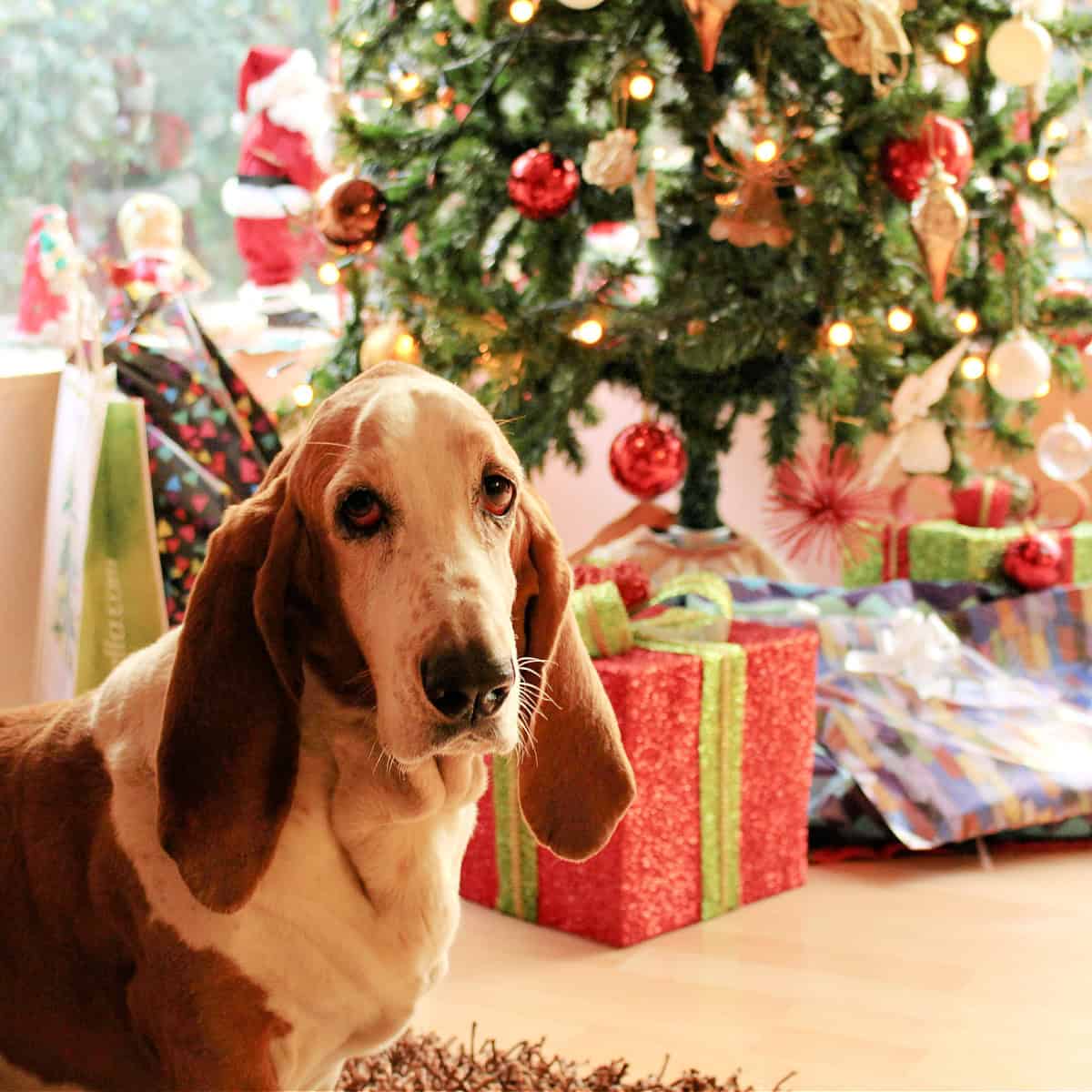
Leave a Reply